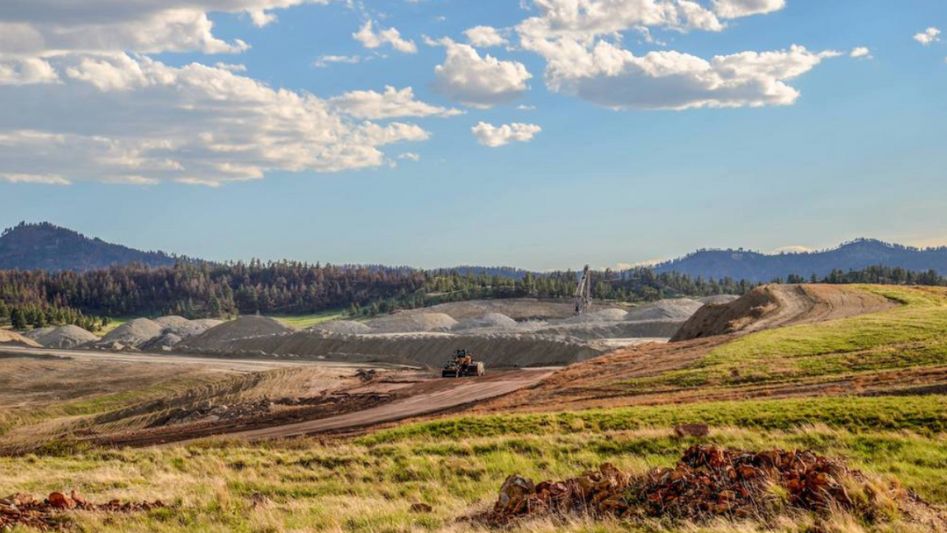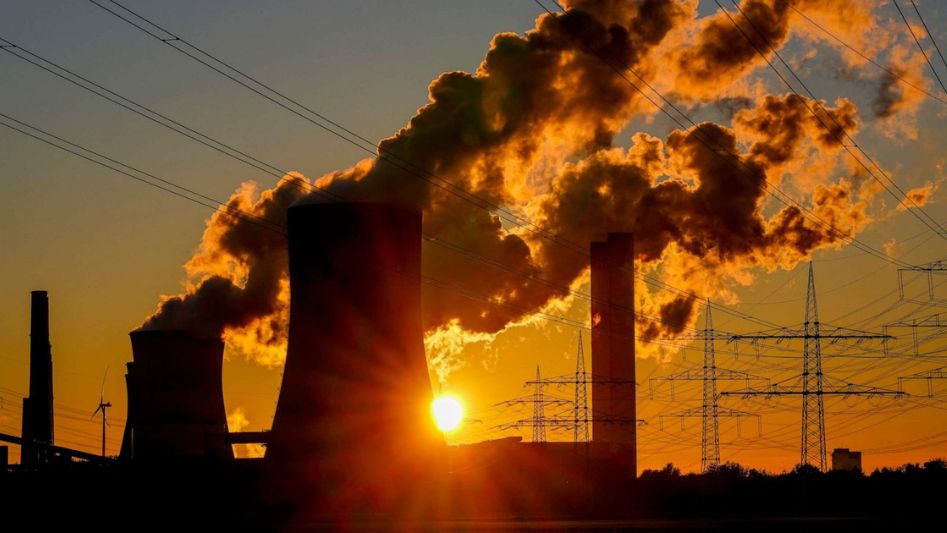Climate change is one of the most pressing global challenges of our time. The overwhelming consensus among climate scientists is that human activities, particularly the burning of fossil fuels, are driving significant changes in the Earth’s climate. In this article, we will delve into the science behind the impact of fossil fuels on climate change, exploring the key mechanisms, consequences, and potential solutions.
Table of Contents

Fossil Fuels: The Culprits
Fossil fuels, including coal, oil, and natural gas, have been the primary sources of energy for the modern world for over a century. However, the combustion of these fuels releases greenhouse gases (GHGs) into the atmosphere, with carbon dioxide (CO2) being the most prevalent. Other GHGs emitted include methane (CH4) and nitrous oxide (N2O). These gases trap heat in the Earth’s atmosphere, leading to the greenhouse effect.
The Greenhouse Effect
The greenhouse effect is a natural process that keeps our planet warm enough to support life. Sunlight passes through the Earth’s atmosphere and reaches the surface, where it is absorbed and then re-radiated as heat. Greenhouse gases in the atmosphere, such as CO2 and CH4, trap some of this heat, preventing it from escaping into space. This natural process is essential for maintaining Earth’s temperature at a habitable level.
Enhanced Greenhouse Effect
The burning of fossil fuels has dramatically increased the concentration of GHGs in the atmosphere. This enhanced greenhouse effect intensifies the heat-trapping properties of these gases, leading to global warming. The consequences of this warming are far-reaching and include:
1. Rising Temperatures
Global average temperatures have been steadily increasing over the past century, with the last few decades experiencing more rapid warming. This has resulted in more frequent and severe heatwaves, impacting agriculture, water resources, and human health.
2. Melting Ice and Rising Sea Levels
Higher temperatures have led to the melting of polar ice caps and glaciers, contributing to rising sea levels. This poses a significant threat to coastal communities, as increased flooding and erosion become more commonplace.
3. Changing Weather Patterns
Climate change disrupts established weather patterns, leading to more extreme and unpredictable weather events, such as hurricanes, droughts, and heavy rainfall. These events can have devastating consequences for ecosystems and human communities.
4. Ocean Acidification
The absorption of excess CO2 by the oceans has led to ocean acidification, which harms marine life, particularly organisms with calcium carbonate shells or skeletons, like coral reefs and some species of plankton.
The Role of Carbon Dioxide
Carbon dioxide is the primary driver of human-induced climate change due to its abundance and long-lasting nature in the atmosphere. The concentration of CO2 in the atmosphere has increased from pre-industrial levels of around 280 parts per million (ppm) to over 415 ppm in 2022, primarily due to the burning of fossil fuels.

Methane: A Potent but Short-Lived GHG
Methane, though less abundant than CO2, is a potent GHG. It has a much higher heat-trapping capacity, but it remains in the atmosphere for a shorter time. Methane emissions primarily come from natural sources like wetlands and livestock, but human activities, such as oil and gas production, also contribute significantly.
Nitrous Oxide: A Dual-Edged GHG
Nitrous oxide is a less common but potent GHG. It is emitted from agricultural practices, industrial processes, and the combustion of fossil fuels. Nitrous oxide contributes to both global warming and ozone depletion.
Solutions to Mitigate Climate Change
Addressing the impact of fossil fuels on climate change requires a multi-faceted approach:
1. Transition to Renewable Energy
Shifting from fossil fuels to renewable energy sources such as solar, wind, and hydropower is crucial to reduce GHG emissions from energy production.
2. Energy Efficiency
Improving energy efficiency in buildings, transportation, and industries can significantly reduce energy consumption and emissions.
3. Carbon Capture and Storage (CCS)
CCS technologies can capture CO2 emissions from industrial processes and power plants and store them underground, preventing their release into the atmosphere.
4. Reforestation and Afforestation
Forests act as carbon sinks, absorbing CO2 from the atmosphere. Protecting existing forests and planting new trees can help offset emissions.
5. Sustainable Agriculture
Adopting sustainable farming practices can reduce methane and nitrous oxide emissions from agriculture while promoting food security.

Conclusion
The science is clear: fossil fuels are a major driver of climate change, leading to a range of severe consequences. To mitigate these impacts and secure a sustainable future, we must transition away from fossil fuel dependence and embrace cleaner, more sustainable energy sources and practices. The choices we make today will shape the world for generations to come, and it is our responsibility to act on the science and address the urgent challenge of climate change.
FAQs
What is the greenhouse effect?
The greenhouse effect is a natural process where certain gases in the Earth’s atmosphere trap heat, keeping the planet warm enough to support life.
Why is carbon dioxide (CO2) a significant contributor to climate change?
CO2 is the primary greenhouse gas emitted from burning fossil fuels. Its increasing concentration in the atmosphere is a major driver of human-induced climate change.
What are some solutions to mitigate climate change?
Mitigating climate change involves transitioning to renewable energy, improving energy efficiency, carbon capture and storage, reforestation, and sustainable agriculture practices.
You May Also Like
- THE ROLE OF GREEN ENERGY IN COMBATTING CLIMATE CHANGE
- SOLAR ENERGY AND CLIMATE CHANGE: A RAY OF HOPE IN A WARMING WORLD
- GREEN ENERGY AND CLIMATE CHANGE: MITIGATING THE IMPACT
- CARBON CAPTURE AND STORAGE: A PROMISING METHOD IN THE FIGHT AGAINST CLIMATE CHANGE
- SCIENTISTS ANNOUNCE FUSION ENERGY BREAKTHROUGH: CLIMATE CHANGE FINAL SOLUTION?
